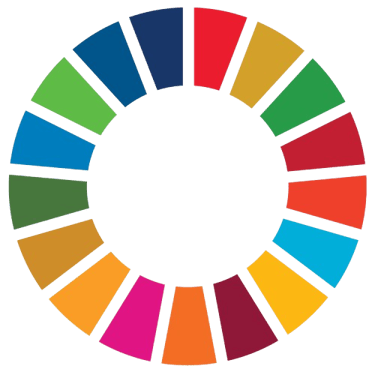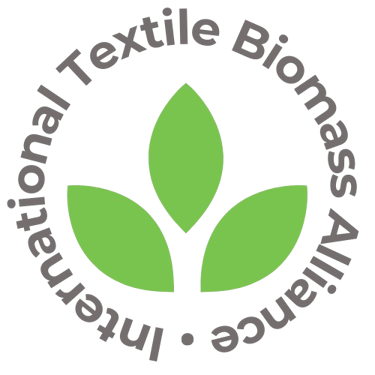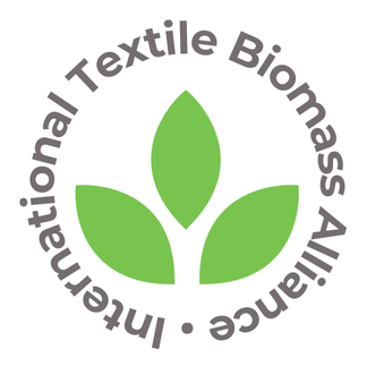Textile Eco-Design: When Transparency Becomes the Fabric of Heroes
The International Textile Biomass Alliance is here to provide answers to your questions. Let's explore eco-design together through the lens of transparency and traceability, examining several key dimensions.
5/9/20254 min read


Textile Eco-Design: When Transparency Becomes the Fabric of Heroes
In the hushed backstage of the textile industry, a silent but profound revolution is underway. Eco-design, long confined to specialist discussions, now emerges as the categorical imperative of a sector in complete transformation. But beyond noble intentions and well-crafted communications, what does this approach truly imply for textile professionals? A decryption of a methodology that reinvents fashion from its very genesis.
The Hidden Side of Our Clothing: Why Eco-Design is No Longer Optional
You have undoubtedly noticed: the pressure is constantly mounting across the textile supply chain. On one side, increasingly aware consumers who demand to know exactly what they are buying. On the other, an inexorably tightening regulatory framework, with laws like the AGEC law in France or the European Green Deal now imposing extended producer responsibility.
The numbers are eloquent: the environmental footprint of a simple cotton t-shirt is 2,700 liters of water, 2.1 kg of CO2, and a chemical cocktail whose composition remains often mysterious. Faced with this reality, eco-design is no longer a mere marketing option, but the sine qua non condition for the sector's sustainability.
Beyond Greenwashing: What is True Eco-Design?
"We use organic cotton" or "our packaging is recyclable": Do these statements sound familiar? Be careful, eco-design is not reduced to these isolated initiatives, however laudable they may be.
Authentic eco-design adopts a holistic and systemic vision that questions every stage of the product's life cycle, from raw material extraction to its end of life, through manufacturing, distribution, and use. This comprehensive approach radically transforms the creation process.
Transparency plays a central role here. It's not simply about communicating a few flattering aspects, but truly mapping the entire environmental and social impacts at each link of the chain. An exacting approach that completely reshuffles the cards of textile design.
The Five Pillars of Successful Eco-Design
1. Traceability as an Essential Foundation
Do you really know where the fibers of your collections come from? Under exactly what conditions were they transformed? With what chemical products? Traceability is not just an ethical question: it's the indispensable technical foundation of any serious eco-design approach.
Solutions are multiplying: blockchain platforms tracking fiber journeys from field to consumer, QR codes revealing the complete story of a garment, or third-party certifications guaranteeing the veracity of shared information.
2. Raw Material: The First Creative Act
Choosing materials is arguably the most impactful decision in the eco-design process. But beware of preconceived notions: not all natural fibers are virtuous by essence, nor are all synthetic fibers condemnable by definition.
The enlightened approach consists of finely analyzing the complete life cycle of each material, taking into account the specific usage context of the final product. A polyester recycled waterproof jacket might prove more ecologically relevant than a cotton alternative for certain uses, while innovative fibers like Tencel or hemp offer promising alternatives for other applications.
3. Design for Durability and Circularity
Eco-design fundamentally disrupts the creative process by integrating essential new questions: How can we maximize this garment's lifespan? How can we facilitate its repairability? How can we ensure its recyclability at end of life?
These constraints, far from being creativity barriers, become powerful innovation drivers. Assemblies without glue, single-material designs facilitating recycling, timeless designs transcending ephemeral trends... so many approaches that reinvent the very profession of textile designer.
4. Production: Optimizing Each Process
In an eco-design approach, every productive stage is scrutinized for environmental efficiency: water savings, energy conservation, reduction of chemical inputs, valorization of scraps and waste...
The impact of this productive revolution is considerable: technologies like "waterless dyeing" can reduce water consumption by 95% compared to conventional processes, while digital printing drastically reduces production waste compared to traditional printing.
5. End of Life: Designing for the After-Life
Eco-design integrates the crucial question of a product's end of life from its very genesis. Strategies are diversifying: compostability for some products, facilitated recyclability for others, or design for disassembly that allows easy separation of a complex garment's different components.
Pioneer brands go as far as integrating deposit systems or take-back programs guaranteeing a second life for used materials, thus transforming the traditional linear economic model into a virtuous loop.
Transparency as a Transformation Catalyst
Transparency is not just a means of reassuring consumers: it's a powerful lever of internal transformation. By committing to document and share every aspect of its production process, a textile company is compelled to examine and optimize its practices.
This approach often reveals unsuspected improvement opportunities: logistical optimization, waste reduction, identification of more virtuous suppliers... Transparency thus becomes a management and continuous improvement tool that transcends mere external communication.
Concrete Tools for Textile Eco-Design
For professionals wishing to concretely engage in eco-design, several structured methodologies are available:
Life Cycle Analysis (LCA): This standardized method (ISO 14040) allows precise quantification of a product's environmental impacts throughout its existence
Circular Design Thinking: This approach integrates circular economy principles from the creative phase
Eco-design matrices: These decision-support tools systematically evaluate the impact of each design choice
These methodologies are now accompanied by specialized digital tools that facilitate environmental data collection and analysis throughout the textile value chain.
Pioneers Showing the Way
Eco-design is not just a seductive theory: innovative actors prove its economic viability daily.
From startups to international groups, initiatives are multiplying: entirely recyclable single-material clothing, fabrics designed from ocean plastic waste, natural dyes from agricultural by-products, comprehensive blockchain traceability platforms...
These projects demonstrate that eco-design, far from being a constraint, constitutes a formidable innovation ground that can generate new competitive advantages in a market undergoing profound transformation.
And You, Where Are You in Your Transition?
Faced with this profound transformation of the textile sector, every professional is confronted with a strategic choice: suffer this revolution or become its actor?
If you are already committed to an eco-design approach, how do you concretely measure your progress? What performance indicators do you follow? How do you integrate this dimension at each stage of your product development process?
And if you are beginning this transition, what step should you start with? How to structure your approach to be both ambitious and realistic? With which partners should you surround yourself?
Eco-design is not a fixed destination but a continuous journey. In this demanding yet meaningful process, each step counts, each decision can make a difference. Because ultimately, the challenge goes far beyond mere regulatory compliance or even impact reduction: it's about collectively reinventing a truly sustainable textile model, where transparency and creativity mutually nourish each other to shape the sector's future.
The real question might not be whether you can afford to invest in eco-design, but rather: can you truly afford not to do so?
ITBA - AIBT
If you have any questions, please do not hesitate to contact us.
FOLLOW US
Ressources
contact@itba-aibt.org
© 2025. All rights reserved.
Help




